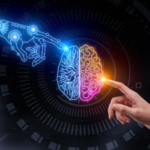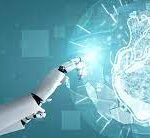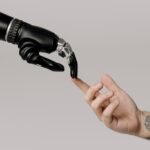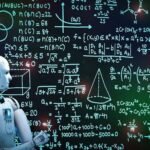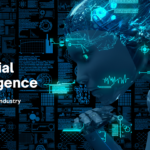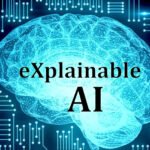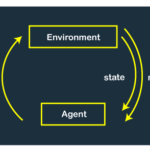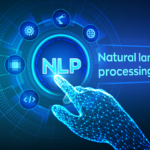On Artificial Intelligence – A European approach to excellence and trust
The rapid development of Artificial Intelligence (AI) is poised to bring significant changes to our lives. It has the potential to revolutionize healthcare by enhancing the accuracy of diagnoses and enabling better disease prevention. Additionally, AI can contribute to more efficient farming practices, aid in mitigating and adapting to climate change, optimize production systems through predictive maintenance, and enhance the security of individuals. These advancements are just the beginning, as the full extent of AI’s impact is yet to be imagined.
However, along with its immense potential, AI also poses certain risks. These include concerns about opaque decision-making, potential discrimination based on gender or other factors, intrusion into personal privacy, and the potential for criminal misuse.
In the face of intense global competition, a unified European approach is necessary, building upon the European AI strategy outlined in April 2018. To address the opportunities and challenges presented by AI, the European Union (EU) must act collectively, defining its own path based on European values to promote the development and deployment of AI while safeguarding the rights of individuals.
Commission President Ursula von der Leyen, in her political guidelines, emphasized the need for a coordinated European approach to address the ethical and human implications of AI and explore the responsible utilization of big data for innovation.
Consequently, the Commission advocates for a regulatory and investment-oriented approach with a dual objective: promoting the adoption of AI while addressing the risks associated with its certain applications. This White Paper presents policy options to achieve these objectives. It does not cover the development and use of AI for military purposes.
The Commission invites Member States, other European institutions, and all stakeholders including industry, social partners, civil society organizations, researchers, the general public, and any interested parties to provide feedback on the proposed options and contribute to the Commission’s decision-making process in this domain.







